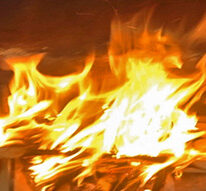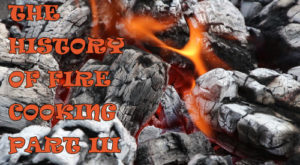Wed 7 Nov 2018
FOOD SMOKERS- SEE OUR “MATCH YOUR COOKER” WOOD MASTERS GUIDE
Posted by DrSmokeRead other related stories: Dr. Smoke's Insights , General Smoking Information , Match Your Equipment , Smokers , Smoking with chips , Smoking with chunks , Smoking with logs , Smoking wood chunks
No Comments
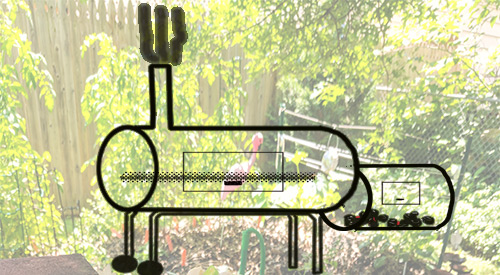
Our drawing of the typical offset food smokers, which come in a variety of sizes! Study our “Match Your Cooker” list for wood use.

For those that have followed us for years, you know we are proud that almost from the start of our Company, we were committed to providing a guide for equipment to cooking wood product match. We refer to our guide affectionately as “Match Your Cooker”.
In this article, we are covering our recommendations for smoker equipment; these are cookers that are dedicated for use as a smoker, usually hot smoking at that. As there are always new equipment lines and models released, our plan is to provide regular updates. We also encourage you to send us a message when you don’t see a manufacturer or model listed so we can add this to our listing.
For now, we introduce you to our wood master’s guide to SmokinLicious® cooking woods for specific smokers.
Barrel Smoker Logs for Food Smokers
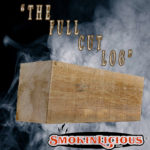
The following Smokers list equipment/models would be suitable for the SmokinLicious® Barrel Smoker Log/ Full Cut Log:
BBQ Pits By Klose model: Commercial Indoor & Outdoor Pits; Mobile Cookers and Catering Rigs
Bubba Grills models: T3 Steam, 250 Gallon R, 250 Gallon Ribbox, 500 Gallon R, Hog/Shoulder Box, Custom Grills
Cookers and Grills.com model: Mobile Units, Hog Cookers, Pig Roasters
Horizon Smokers model: Trailer Smokers
Jambo Pits model: J-3 and J-5 Models
Kingfisher Kooker’s model: Commercial Rotisserie Cookers, Commercial Grill
Lang BBQ Smokers model: Competitive and Commercial Smokers
M Grills model: M1, M36, M48
Meadow Creek® BBQ model: Barbecue Smoker and Barbecue Smoker Trailer
Myron Mixon Smokers models: H2O Water Smoker, Gravity Feeds, H2O Rotisserie Water Smoker, Trailers
Ole Hickory Pits™ model: Convecture™ Tri Ovens
Peoria Cookers model: Mobile Units
Southern Pride BBQ Pits & Smokers model: Gas and Mobile Smokers
¼ Cut Wood Logs for Food Smokers

The following Smokers list equipment/models would be suitable for the SmokinLicious® ¼ Cut Wood Log:
American Barbecue Systems model: “The Judge”, “The Smokehouse 6042”
Backwoods Smoker: “The Gladiator”
BBQ Pits By Klose: Combination Smokers and Grills
Karubecue model KBQ C-60 BBQ Smoker Pit
Lang BBQ Smokers model: Competitive and Commercial Smokers
Ole Hickory Pits™ model: Convecture™ Tri Ovens
Pitmaker model: BBQ Edge Smoker
The Good-One™ Smokers model: The Pitboss
Tucker Cooker Co.
Unfileted Wood Blocks for Food Smokers
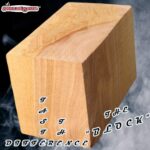
The following Smoker list equipment/models would be suitable for the SmokinLicious® Unfileted Wood Block:
BBQ Pits By Klose: Combination Smokers and Grills
Big Poppa® Smokers models: cabinet smokers
Bubba Grills models: Super Cooker, Deck Grills, Custom Grills
Cookers and Grills.com model: Mobile Units, Hog Cookers, Pig Roasters, Backyard Chef & Patio Smoker Grills
Meadow Creek® BBQ
Pitmaker model: Hitman 48, Short Sniper, Long Rifle Sniper, Magnum Sniper Smoker
The Good-One™ Smokers model: The Open Range, The Heritage, The Marshall, The Pitboss
Tucker Cooker Co.
Yoder Smokers
Single Filet Wood Chunks for Food Smokers
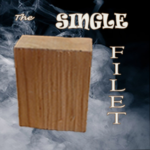
The following Smokers list equipment/models would be suitable for the SmokinLicious® Single Filet Wood Chunks:
American Barbecue Systems model: “All Star”, “The Pit-Boss”, “The Bar-Be-Cube”
Backwoods Smoker model: “Party”, “G2 Party”, “The Fatboy”, “G2 Fatboy”, “The Pro Junior”, “The Piglet”, “Piglet Plus”, “The Competition Hog”, “The Pro-Competition Hog”, “The Whole Hog”
Big Poppa® Smokers models: all drum smokers
Bubba Grills models: Deck Grills
Char-Broil model: Highland Offset Smoker, Longhorn Offset Smoker, Longhorn Reverse Flow Offset Smoker
Cookers and Grills.com model: Charcoal/Wood Smoker Grills
Pitmaker models: Hitman 20×32, Custom Smokers
Smoke Hollow Charcoal/Gas Grill
Stump’s Smoker models: The Baby, The XL Baby, The Junior, The Classic, The Stretch, The Monster, Platinum 4, Platinum 6, Reverse Flow models
The Good-One™ Smokers model: The Patio Jr.
Double Filet Wood Chunks for Food Smokers

The following Smokers list equipment/models would be suitable for the SmokinLicious® Double Filet Wood Chunks:
American Barbecue Systems model: “All Star”, “The Pit-Boss”, “The Bar-Be-Cube”
Backwoods Smoker model: “Chubby 3400”, “Chubby”, “G2 Chubby”
Best Choice Products model: 43” Outdoor Vertical Smoker
Brinkman models: Trailmaster 57” Vertical Smoker, Roadmaster, All-In-One Gas & Charcoal Smoker, Grill & Fryer, Smoke ‘N Pit
Broil King model: Smoke Offset, Smoke Grill, Smoke Vertical
Cabela’s 7 in 1 Cooker/Smoker
Char-Broil model: Vertical Charcoal, American Gourmet Offset Smokers, Offset Smokers, Bullet Smokers, Silver Smoker
Char-Griller Grills & Smokers models: Smokin’ Champ™ 1624 Charcoal Grill, Smokin’ Outlaw 3724 Charcoal Grill, Smokin’ Pro™ E1224, Competition Pro™ 8125 Charcoal Grill, Texas Trio
Cookshack model: SmartSmoker Commercial Smoker & Smoker Oven, Smokette Electric Smokers, SuperSmoker Electric Smoker, AmeriQue Electric Smoker
Cuisinart model: COS-244 Vertical 36” Propane Smoker, COS-118 Vertical 18” Charcoal Smoker
Dyna-Glo models: DG01176BDC-D Off-Set Smoker, DGX7080BDC-D 36” Vertical Smoker, Signature Series Vertical Smoker, DGX376BCS-D Compact Charcoal Bullet Smoker
Masterbuilt models: 7 in 1 Smoker and Grill, Dual Fuel Smoker
Master Forge Charcoal Smoker/Griller
Meco (Americana) Charcoal Combo Water Smoker
Pitmaker model: BBQ Safe Smoker
Red Box Smoker
Smokin-It®
Southern Country Models: 2 in 1 Water Smoker and Charcoal Grill, 5025 Stainless Steel Charcoal Water Smoker
Stump’s Smoker models: The Mini Stumpster, The Stumpster
Texas Pit Crafters models: PM 500S BI, PM 500U BI, PM 500 U S/S BI, PM 535U BI Smoker, PM 550S BI, PM 550 Smoker with Enclosed Front Load Firebox, PM 550 Upright Smoker/Pit with Enclosed Firebox
Grande Sapore® Wood Chips for Food Smokers
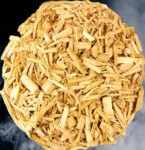
The following Smokers list equipment/models would be suitable for the SmokinLicious® Grande Sapore® Wood Chips:
Alto-Shaam model: Smoker Ovens
Broil King model: Smoke Offset, Smoke Grill, Smoke Vertical
Camp Chef model: Smoke Vault Smoker
Char-Broil model: Vertical Electric & Propane
Dyna-Glo model: DGU732BDE-D 30″ Digital Electric Smoker
Napoleon model: Apollo AS200K, Apollo AS300K
Pit Barrel®: any model
Minuto® Wood Chips for Food Smokers
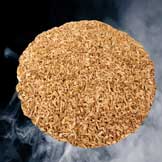
The following Smokers list equipment/models would be suitable for the SmokinLicious® Minuto® Wood Chips:
Alto-Shaam model: Smoker Ovens
Bastra
Camp Chef model: Smoke Vault Smoker
Char-Broil model: Vertical Electric Smokers, Deluxe Digital Electric Smoker, Analog Electric Smoker, Simple Smoker
Dyna-Glo model: DGU732BDE-D 30″ Digital Electric Smoker
Fessmann
Hakka Electric Stainless Steel BBQ Smoker
Kerres
Koch Smokehouse
Landmann model: 26” Smoky Mountain Electric Smoker
Smoke Hollow model: 44” Two Door Propane Gas Smoker, 38” Propane Gas Smoker
Smokehouse Products model: Little Chief Front Load Smoker
SmokinTex model: 1100 Pro Series Electric Smoker
Piccolo® Wood Chips for Food Smokers
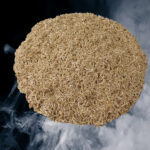
The following Smoker list equipment/models would be suitable for the SmokinLicious® Piccolo® Wood Chips:
AFOS
Alto-Shaam model: Smoker Ovens
Arcos
Camp Chef model: Smoke Vault Smoker
Jugema
Koch Smokehouse
Lambda
Maurer-Atmos
Ness
Schroter
Spomasz Wroclaw
Vemag
Voss
Smokin’ Dust® for Food Smokers

The following Smokers list equipment/models would be suitable for the SmokinLicious® Smokin’ Dust®
Alto-Shaam model: Smoker Ovens
SmokinLicious® products used in this blog:
Smoker Logs
Wood Blocks
Wood Chunks- Double & Single Filet
Wood Chips- Grande Sapore®, Minuto®, Piccolo®
Smokin’ Dust

For related reading on food smokers and other wood-fired grilling equipment, check out these articles:
-“MATCH YOUR COOKER” – CERAMIC AND KAMADO GRILL: THE WOOD MASTER’S GUIDE
-WOOD BURNING PIZZA OVENS: THE WOOD MASTER’S GUIDE
-TEMPERATURE CONTROL IS ALL IN THE AIR FLOW
-THE WATER PAN EXPLAINED FOR GRILLING & SMOKING

Dr. Smoke- When it comes to the performance of your food smokers, we have a ton of helpful info that will make your unit work superbly to flavor food. Feel free to tap into our “Match Your Cooker” wood master’s guide on our website.
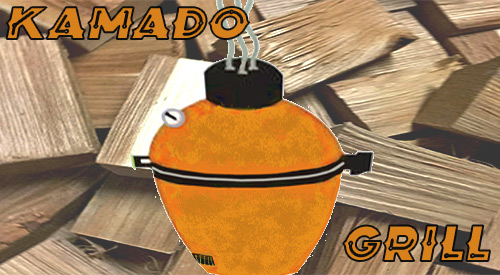
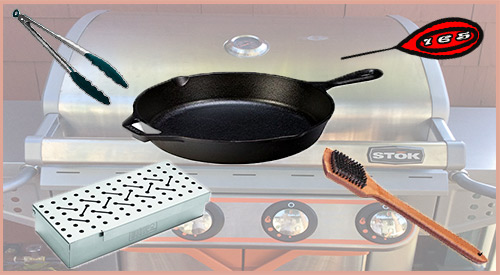










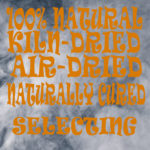
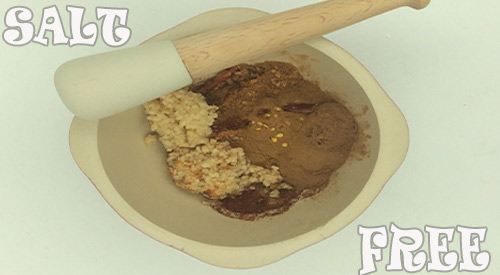
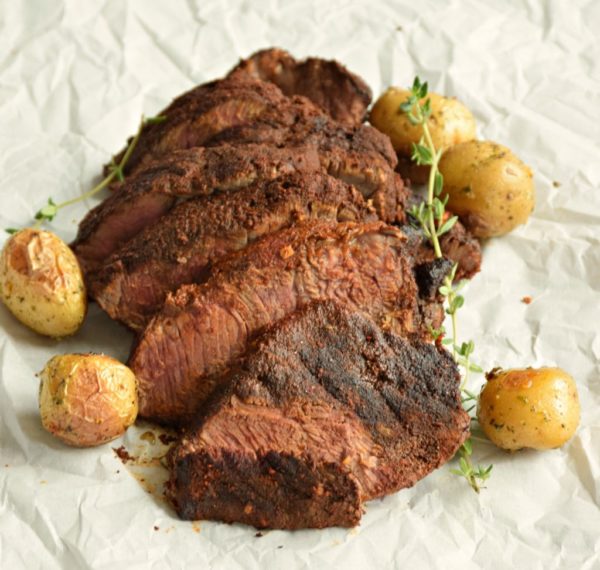
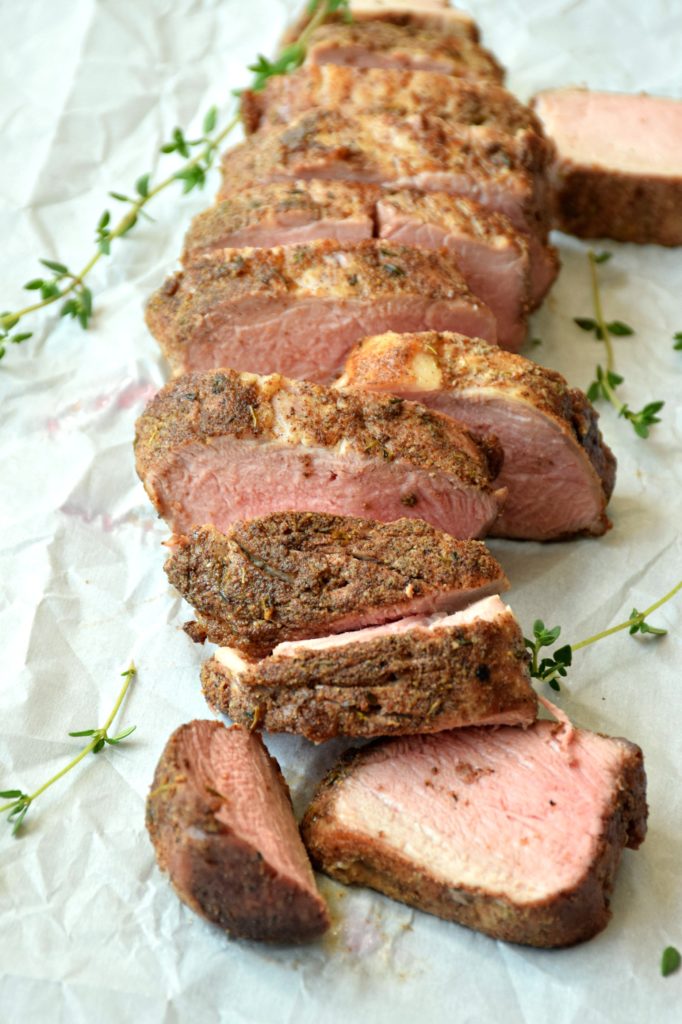
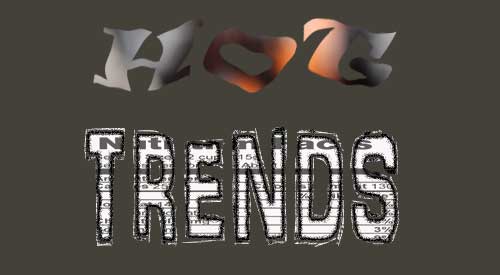
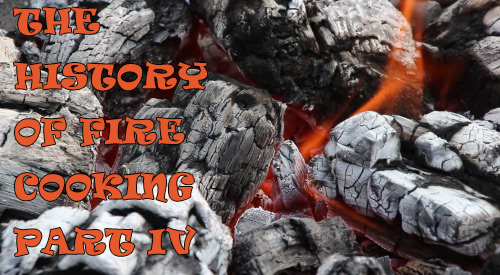


 These are some of the commonly forgotten appliances when cleaning the kitchen. It can be very embarrassing for a guest to offer to assist you in the kitchen only to find these appliances gross and dirty. Therefore, you should take time to clean both the inside and the outside of these appliances thoroughly as well.
These are some of the commonly forgotten appliances when cleaning the kitchen. It can be very embarrassing for a guest to offer to assist you in the kitchen only to find these appliances gross and dirty. Therefore, you should take time to clean both the inside and the outside of these appliances thoroughly as well.